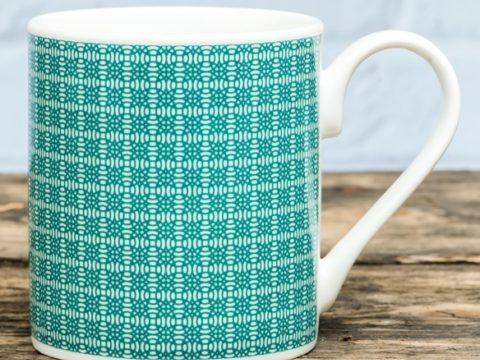Thomas Cromwell: Life Story
Chapter 8 : Cromwell and Anne Boleyn (1534 - 1536)
It is often stated that Cromwell was a client of the Boleyn family, and owed his rise to Anne’s favour. However, this is quite clearly not the case – he came to the King’s attention through his duties in relation to legal and conveyancing matters. The fact that he may have shared the Boleyns’ inclination towards Church reform, might have made him more personally disposed to helping Henry with the annulment legislation, but that cannot be shown as the cause of his rise. His relationship with the new Queen was therefore one that developed over his time as the King’s Councillor.
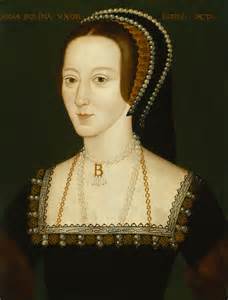
Anne was not popular, either with the public, or with the majority of the Court. Had she borne a son, all might have been forgiven, but the child who had been so eagerly awaited was a girl. Anne then had a miscarriage at some point during 1534, and her relationship with Henry continued to wax and wane. Chapuys reported as early as Christmas 1534 that Henry had consulted Cromwell as to whether he might throw off Anne, without having to return to Katharine, but since Henry and Anne had a notoriously volatile relationship, not much weight can be given to rumours at this point.
Chapuys also told Cromwell that the King and he would be held personally responsible by the Emperor should anything untoward happen to Katharine or Princess Mary, whom it was rumoured that Cromwell and /or Anne intended to have them quietly dispatched.
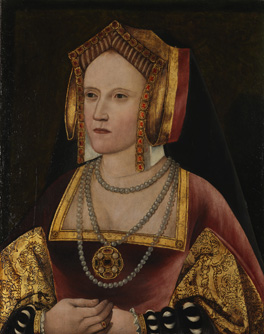
During the late summer of 1535, Cromwell organised a summer progress for Henry, which took the court (minus Queen Anne, who was again pregnant and stayed at home to safeguard her health) to Wiltshire. Whilst there, the progress visited Wolf Hall, home of the Seymour family. The eldest Seymour daughter had, at some point, been a maid-of-honour to Katharine of Aragon, but was unnoticed by Henry at that time. Now, however, he fell in love with her. Since Anne was pregnant, he cannot have been anticipating matrimony at that point and Jane rejected his advances either from modesty, or policy. She was, nevertheless, given a place in Queen Anne’s household, and Cromwell gave up his rooms at Greenwich Palace to Jane’s brother, Edward Seymour, to enable Henry to meet Jane in the bosom of her family.
January 1536 brought drama at court. Katharine of Aragon died, Henry was thrown violently from his horse, causing a concussion lasting some hours, and Anne miscarried ‘of her saviour’. Katharine now dead, there was the possibility of rapprochement with her nephew, the Emperor Charles, and a return to the traditional alliance between England and Burgundy. Had Anne borne a son, she would have been unlikely to accommodate such an alliance, but, with only a daughter, and Jane waiting in the wings, Anne was looking increasing expendable.
It appears she had also quarrelled with Cromwell, threatening to have his head off his shoulders. A full account of Cromwell’s involvement in the events leading to Anne’s death may be read here.
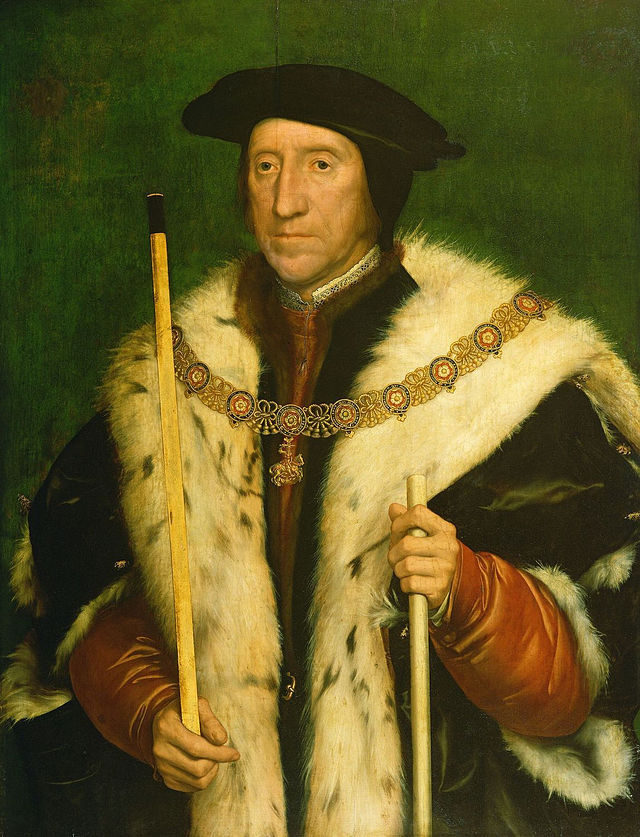
Cromwell began to investigate Anne and to sniff out gossip, which gave him enough material for the King to grant him a commission on 24 April, 1536 to enquire as to whether there was sufficient evidence to bring Anne to trial. The vast majority of observers, then and now, believe Anne to have been quite innocent of the charges of adultery and incest with five men that were brought against her, one confession (by Mark Smeaton) was obtained, probably through torture at Cromwell’s own house. Historian George Bernard, believes there may be some truth in the charges. True or not, matters were not to be left to chance – the court, headed by Anne’s uncle, Norfolk, knew the sentence required, and an executioner had even been employed before Anne’s trial began.
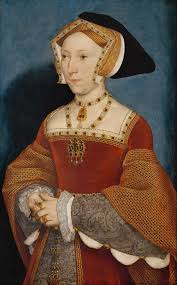
Cromwell, having tidily swept away another of Henry’s problems, could bask in his title of Baron Cromwell and his new position of Lord Privy Seal, the office of which Anne’s father had been deprived. Keen to hitch himself to the rising Seymour star, he arranged the marriage of his son, Gregory, to Elizabeth Seymour, Queen Jane’s sister. His son was now brother-in-law to the King! Quite a step for the son of a Putney blacksmith.
